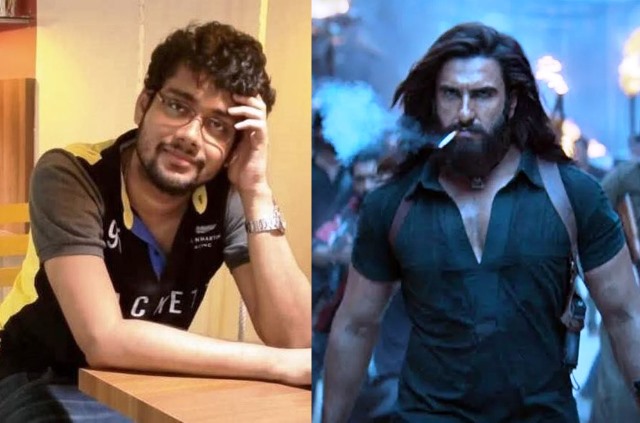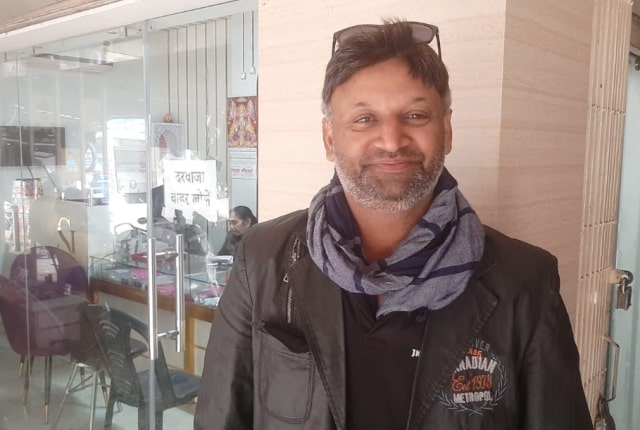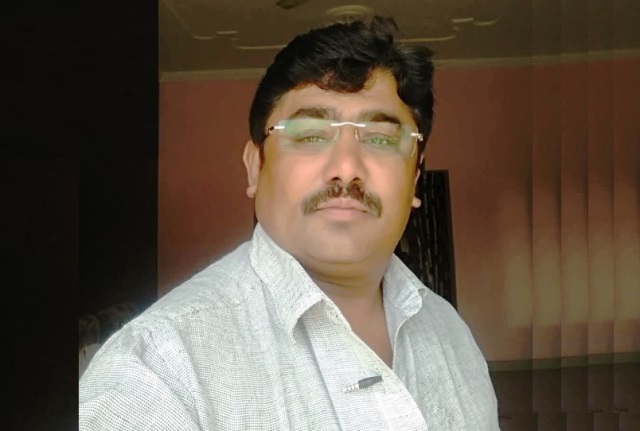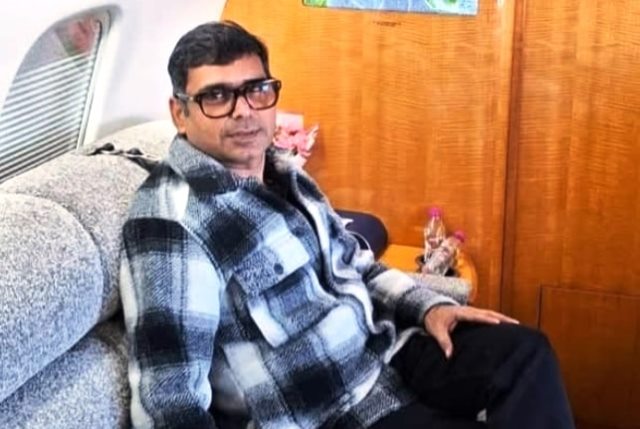
Vizhinjam Project Handiwork Of A Callous Politico-Industrialist Nexus
AJ Vijayan, a social activist working with fishing communities in Kerala since 1975, says the proposed Vizhinjam Port will have a drastic impact on coastal region and livelihoods
I am not an environmental/academic expert, though I was part of a research team looking at the ‘coastal ecosystem changes in the west coast of the country’ during 2000-2010. Together with this, being from the coastal fishing community in Kerala, and as my native place was the first coastal area to experience severe erosion after the 1970s construction of artificial structures (two breakwaters) at Vizhinjam for a fishery harbour; I had on-field knowledge and experience about the impact of such structures.
I had been keenly following the unfolding of the Vizhinjam port project from the beginning as I was one of the few privileged in my community to understand its impact on the coast and coastal communities.
Since the beginning, the proponents of the Vizhinjam port have been propagating many claims:
- that it is a natural port, and no dredging is required;
- that by building this port, Thiruvananthapuram will develop like Singapore or Dubai;
- that it is India’s first transhipment port;
- and it will create huge employment opportunities and enhance State revenue.
As I started reading official reports and other studies by experts related to both economic and environmental aspects of the proposed port, I realized that all these claims are false.
Vallarpadam (Kochi) port is the first container transhipment port in the country operating from 2011 onwards. Yet, many experts claim that Vizhinjam is the first one and it will attract transhipment from Sri Lankan ports. The transhipment capacity of Vallarpadam is 1 million TEUs, and its 2021-22 performance report says, “an aggressive pricing strategy also helped Cochin Port to garner highest ever transhipment container traffic of 1.56 lakh TEUs at ICTT… Vallarpadam, which has contributed meaningfully to Hon’ble Prime Minister’s vision of making India ‘Atmanirbhar’.”

Hence, even after 10 years of operation, if a transshipment port just 200 km away from Vizhinjam could achieve only less than 16% of its capacity, how can the Vizhinjam port run by Adani become a viable transshipment port?
It is the same scenario with environmental aspects. To get environmental clearance, the state government agency (VISL), not only suppressed the fact that the port is being built very close to an eroding stretch of the coast, but, it colluded with some scientists who prepared a report which concluded that “around 15 km on both side of the proposed site is either stable or accreting”. Based on this study report, NGT rejected my plea to cancel the Environmental Clearance.
Now, after Adani has started construction, as there is severe erosion in the northern coast of the port site within 15 km, both the state government and Adani Group say that erosion was there even before the port work started. Indeed, these claims are not true.
Chief Minister Pinarayi Vijayan, and his party CPI(M), were favouring a port project at Vizhinjam. They even organised a ‘human chain’ and ‘sit-in satyagraha’ when in opposition asking the then UDF government to implement the port project. When the Left Democratic Front (LDF) was in power, they tried to make this port with a private firm, ‘Zoom Developers’, even before conducting any environmental study or its commercial viability. In reality, this private firm was only a ‘broker’ and had a tie-up with a Chinese port-operating company.
The Centre did not give its assent to the project citing security reasons. Then, the CPM organized a march to the Governor’s residence protesting why the Chinese should not be allowed to build the port here. When the UDF Government was going to sign the contract with Adani in 2015, the CPI(M) opposed it on the ground that the port should be run by the state itself. When the contract was going to be signed, Pinarayi Vijayan, as CPI(M) state secretary, stated it was a real estate project and ₹6,000-crore scam!
When he came to power in 2016, the CAG gave an audit report pointing out large-scale financial anomalies, almost ten times than what Pinarayi had said. A judicial enquiry was ordered which agreed with some of the crucial findings of the CAG report. A Vigilance Enquiry was proposed and accepted by the LDF government in early 2021.

However, no one knows whether the Vigilance Wing questioned Adani or then chief minister Oommen Chandy or K Babu (then ports minister) and found anything. Pinarayi, of course, did not want to embarrass the Adani group with this vigilance enquiry. Rather, he started sanctioning large quarries directly to Adani for the construction of the port, putting in danger Western Ghats. Now, Pinarayi’s position is that the UDF signed this contract and the LDF government cannot stop the port construction. Why he has changed his position is a big question. We all know the might and power of a certain industrialist and his influence on the Central Government.
It is crucial to understand that almost all fishermen in Thiruvananthapuram operate at a small scale. They use beach-landing crafts and hence the health of the ‘beach’ is very vital to their livelihood. If seawalls are built along the coast to prevent coastal erosion, it will affect their catch. They operate mostly in coastal waters. After the port construction started, fishermen began to see the danger. They realized that their common property resources (the coast, sea, marine fish resource and its habitat), which they have been managing for centuries, is being usurped by private corporates and the government is legitimizing this take-over.
If you simply calculate the number of fishermen, at an average of three in one craft, there are more than 30,000 fishermen. Plus, their wives and women in the family are engaged in retail fish-marketing. They are all affected, and their future is in danger.
The people who support this port project are like those in the Chamber of Commerce etc, who think the port will improve their business prospects. They also dream that this city will grow like Dubai or Singapore and they will get a fair share of it. They have only a dream to lose. The coastal communities will lose their lives and livelihoods.
The agitation of coastal communities lasted for 140 days. It has been temporarily withdrawn now. It was a prolonged and protracted agitation. Adani had to stop work and approach the high court for police protection to continue construction activities. The court did not want to consider the human rights angle of the case. They looked at whether, technically, Adani had to be given protection to resume work. At the same time, the court observed that the people also have the right to protest.
As people in large numbers continued a peaceful agitation, the police and state government found it very difficult to implement the court order. The police have been filing cases (the number is around 170, officially told) against leaders as well as the participants of the agitation.
Finally, certain political and communal outfits succeeded in creating tension and violence, allegedly in nexus with the police. Apparently, a section of the media has also joined this conspiracy. The violence on 26 and 27 November, 2022 was pre-orchestrated by these forces. A large number of women and fishermen were badly injured, but the public was told by the media that “it was a planned attack on a police station by agitators”. The violence against people was never brought out at that point by any media organisation.
It is in this situation that this peaceful agitation against the State and the biggest corporate in the country was temporarily withdrawn without meeting the main demand of stopping port work till a thorough study is made. However, those who have lost their homes during the last five years due to coastal erosion, and are living like refugees, they are being given a monthly rent of ₹5,500 and the promise that they will be provided alternate housing in one and half years. This achievement was made possible only due to this agitation.
I expect more coastal erosion and problems for fishermen in the future. How the coastal communities will respond is an important question. The community will have to assess the experience in the struggle collectively and formulate new strategies. The struggle exposed the issues faced by the community in the public sphere. It also exposed the political forces, the Left or Right, and their corporate favouritism — and not with one of the most important and large, real, living, working class in Kerala, engaged in producing a protein-rich food.
Read More: http://13.232.95.176/
(The narrator was one of the founder members of the National Fishworkers Forum. He has studied Ocean Governance and Community Organization and was at the forefront of the agitation against foreign fishing vessels in Indian waters during 1990s)
As told to Amit Sengupta
The fishing activity along our coasts predate the growth of coastal towns or cities that came many centuries – if not millennia – later. As such, fishing communities, their settlements and their unbroken stewardship of the coastal waters and beaches from time out of mind mark them out as the first nations of the subcontinent, as much as the hill and forest dwelling Adivasis constituted the first nations in those landscapes. International jurisprudence over the last two decades has recognized the first rights of indigenous communities over their landscapes, as in the case of the Inuit in Canada, in response to their resistance to corporate land grab.
When it is more than clear that their first and customary rights are being usurped, why is it that the recognition of those rights and their protection does not figure in the demands of the Vizhinjam fishing communities?



